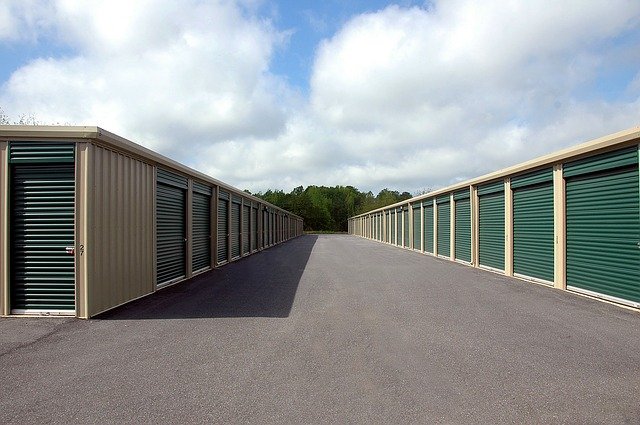The landscape of education is ever-evolving, with pedagogical strategies and technologies advancing at a rapid pace. In light of these changes, the physical environment in which students learn is also undergoing a significant transformation. A key component to these adaptive learning spaces is the humble classroom desk, an often-overlooked piece of furniture that plays a pivotal role in both comfort and learning efficacy.

The Evolution of the Classroom Desk
Classroom desks have evolved from rigid, one-size-fits-all models to versatile and ergonomically designed furniture pieces that cater to a diverse range of learning styles and activities. In reimagining these educational spaces, it is crucial to consider how the choice of desks can enhance the learning experience.
An optimal classroom desk should support the myriad ways in which knowledge is imparted and absorbed. It should facilitate easy movement, group discussions, and individual study, all the while being durable, easy to maintain, and aesthetically pleasing.
The Impact of Desk Design on Learning
Research has shown that the physical layout of a classroom, including the arrangement and style of desks, can significantly affect students’ interaction, engagement, and overall learning outcomes. Desks that are comfortable and can be easily reconfigured encourage collaboration among students and allow teachers to tailor the layout for different teaching methods.
Moreover, students’ concentration and attention to detail are often linked to how comfortable they are in their physical environment. Desks that are not ergonomically aligned to a student’s height or posture can lead to discomfort and distraction.
Ergonomic Considerations for Classroom Desks
Ergonomics is the study of people’s efficiency in their working environment. Applied to classroom furniture, it encapsulates the design and arrangement of desks such that they complement the natural human form and behavior, thus reducing the likelihood of discomfort and repetitive strain injuries.
It is essential that desks are adjustable or available in different sizes to accommodate the varying physical statures of students. Furthermore, surfaces should ideally have a tilt function to support better writing posture and minimize strain on the eyes and neck.
The Role of Desks in Collaborative Learning
Collaborative learning is an educational approach where students work together to solve problems, complete tasks, or understand new concepts. The design of classroom desks can either hinder or help this process. Movable desks with caster wheels, for example, can be grouped quickly and conveniently, supporting the dynamic nature of group work. The layout can facilitate peer-to-peer interaction and team-based activities, which are integral to many modern teaching methodologies.
For educators, the adaptability of the classroom layout is just as important as the functionality of the desks themselves. Being able to reconfigure classroom furniture swiftly means that lessons can transition smoothly between different modes of learning.
Enhancing Aesthetics and Environment
The aesthetics of classroom desks, while secondary to their function, still holds considerable importance. Colourful and creatively designed desks can stimulate students’ imagination and interest, making the classroom a more inviting and exciting space to learn in.
Moreover, the integration of environmental consciousness into desk design — through the use of sustainable materials and manufacturing processes — can also impart important lessons to students about ecological responsibility and stewardship.
Choosing the Right Desks for Different Age Groups
Elementary school students have different needs compared to high school or college students. For younger children, classroom desks need to allow for a range of activities from crafting to writing. They should be robust to withstand the high-energy environment and often include storage for educational materials. As students mature, their desks should evolve as well, offering more workspace and ergonomic features suited to longer periods of study and more complex tasks.
Technological Integration
In this digital age, where tablets and laptops are an integral part of the classroom, desks must accommodate these devices. This means considering aspects like built-in charging stations, cable management systems, and security features to prevent theft or damage to technology equipment.
Adaptability for future technological advances is also a key consideration. As educational tools continue to develop, the classroom desk must be able to support new devices and forms of digital interactivity.
Desks as a Reflection of Educational Values
The choice of classroom desk is not just a matter of selecting a piece of furniture; it is an expression of the educational values and aspirations of an institution. Desks that prioritise student comfort, health, and collaboration align with a progressive approach to education that recognises the unique needs of each learner.
Investing in the Future
Allocating budget to high-quality, well-designed classroom desks is an investment in the future success of students. By providing the necessary support for advanced educational practices, these desks play a crucial role in cultivating an environment where students are encouraged to excel and engage with their studies.
In conclusion, the integration of the right classroom desks is a cornerstone for creating conducive learning environments. The design and functionality can have a transformative impact on the way students learn, interact, and develop. As education continues to evolve, it is imperative that schools and educational institutions invest thoughtfully in the furniture that shapes their classrooms. With the right desks, learning spaces can indeed be revolutionized for the betterment of educators and learners alike.



